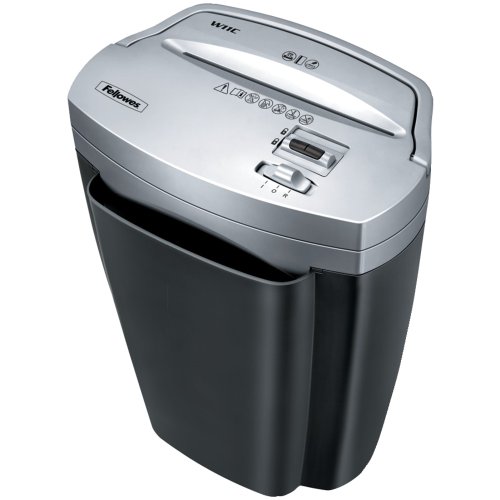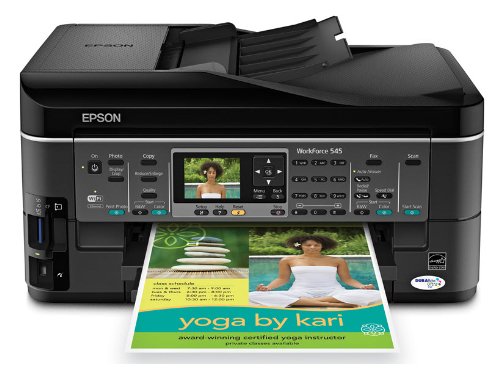The Panasonic DVX100a has been a workhorse within the TV and film industry since it was released in 2004. It made a name for itself by being one of the first platforms to film digitally in 24p. Even so, you may have decided that it is time to sell your used camcorder in order to upgrade to HD technology.
The DVX-100a has a good build quality, but this model in particular is known to show its age. If you plan to sell your camcorder online via a service like eBay, Amazon, or Craigslist, your potential buyers will expect to see pictures of the unit and its accessories. The single most important thing that you can do to ensure that you snag the highest sales price, is to take high quality photos that demonstrate how well maintained your video camera is. By taking the time to follow these simple steps below, you'll be able to demand a higher price, whether you plan to sell it online or trade it in for new.
Clean the body and lens:
Of course it is in your best interest to clean the camcorder before taking pictures and posting it online to sell. Use rubbing alcohol to clean the body of any general dirt and oil and if there is any residue left over from stickers or tape use a non-abrasive cleaner like Goo-Gone.
When it comes to cleaning the lens, there are many different opinions of how to properly clean the surface; though for most professionals using a lens solution and micro fiber cloth is sufficient enough.
Clean the eyepiece:
The DVX line is known for getting dusty behind the eyepiece. When a new customer or potential buyer first looks at the camcorder they will often put their face up to the eye piece - making this an essential area to clean, lest they get the wrong impression. Thankfully, the eyepiece is removable and easy to clean behind. Remove the eyepiece and use a small squeeze pump or compressed air canister to blow out the dirt from behind it. Afterwards wipe the area down with a micro fiber cloth to avoid possibly scratching the screen.
While you are working on the eyepiece do not forget about the rubber eyecup; these have a tendency to attract dirt and hair. Simply remove it from the eye piece and clean with rubbing alcohol. This will also allow you to clean off any dirt that has wiggled its way underneath the eye cup.
Clean the microphone:
Unlike many prosumer camcorder systems, the DVX100 line does not feature a spongy windscreen for the onboard microphone. While some users prefer this, as they get to choose their own windscreen, this unfortunately causes the mic to collect a great deal of dirt and debris inside of the holes surrounding the microphone. If this dirt is left intact, not only will it hinder sound recording, but perceived condition of the camcorder will be dramatically reduced. Next to cleaning the eyepiece, cleaning the visible dirt out of these holes is essential for giving off a good impression.
There is no easy way to clean out the mic. Begin with using several toothpicks to clean out the large pieces of debris from the holes in the microphone. Follow up with alcohol / cotton swabs to remove the grime. Finally go over the mic with a soft cotton towel to finish it off.
Wipe off LCD:
When taking product pictures of your camcorder to post online buyers often like to see pictures of the LCD. You will want to gently wipe the screen down to remove any dust that has collected. Use a liquid lens cleaner and micro fiber cloth to remove any water spots that may be present.
Clean the heads:
No matter the amount of use your camcorder has had, it never hurts to run a head cleaning tape through it. Generally, it is recommended that you use a head cleaner that coincides with the type of MiniDV tapes that you use; if you use Sony MiniDV cassette tapes, use a Sony head cleaner.
Record number of hours:
Unlike many prosumer camcorders like the Canon XL1, XL2, and Sony FX1 that do not have hours meters, Panasonic had the foresight to implement an easily accessible hours meter into the DVX100, DVX100a, and DVX100b. Unfortunately though this has caused buyers of used DVX100's to become overly concerned with the amount of hours on the camera. Regardless, make sure that you are completely open about the amount of hours showing on the meter (avoid rounding).
Remove all accessories:
Remove all accessories from the camcorder (these will be pictured separately). Yes most buyers will prefer to have as many extras as possible, but for best results picture the camcorder alone and the accessories separately.
For example most people enjoy using the Panasonic shoulder strap that is included stock with the DVX100a. However, leaving the shoulder strap attached makes the product pictures of the camcorder appear sloppy. For one the strap generally is hard to control, hanging at weird angles and possibly blocking part of the shot. Two, being that the strap is cloth it has a tendency to collect dirt and appear ragged.
Gather accessories:
The two most important accessories to include in any sale is the battery and charger. Additional accessories like the shoulder strap, cables, and filters are nice extras, but they generally will not fetch you a large premium over the stock camcorder with battery and charger.
Make sure to neatly arrange and picture the accessories; showing possible buyers a bunch of cables resembling a rats nest does not instill confidence.
The DVX100a is still a fantastic piece of equipment. That said, if you've decided to make the switch to HD then the time is right to sell your used camcorder so that you can use the cash to buy new. While the DVX100a has a good build quality, this model in particular is known to show its age. By taking the time to follow these simple steps above, you'll be able to demand a higher price, whether you plan to sell or trade it in.


















